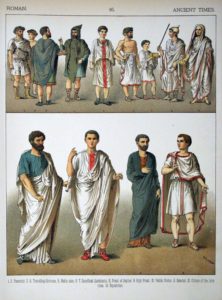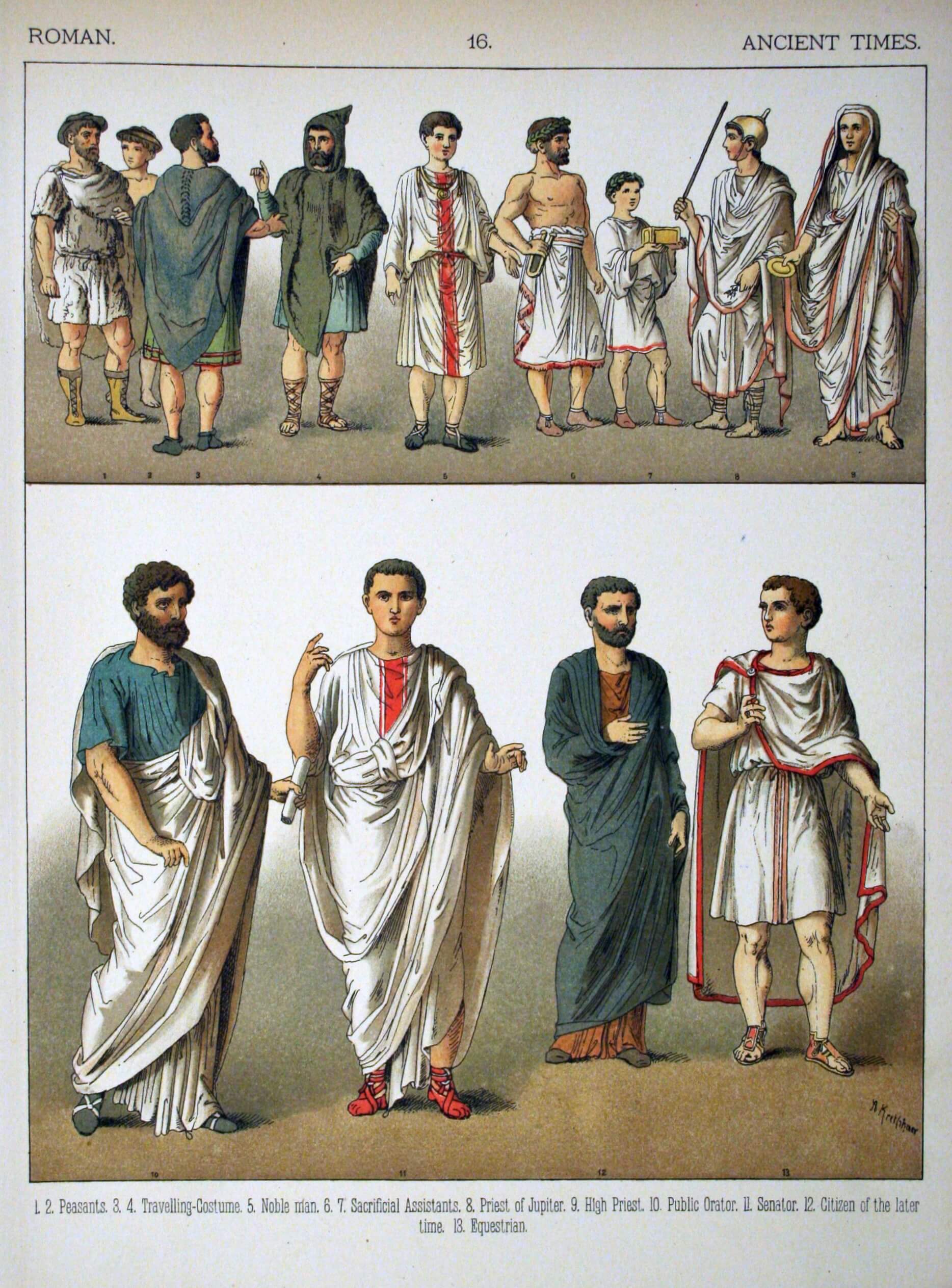Ancient Roman Slave Names: The institution of slavery in ancient Rome played a crucial role in society as well as the Roman economy. Besides manual labor on farms and in mines, slaves performed many domestic services and a variety of other tasks, such as accounting. Although the exact status of slaves varied between the founding of Rome and its eventual decline, they were considered property under Roman law and had fewer rights as compared to the citizens.

Over a period of time, slaves gained increased legal protection, including the right to file complaints against their masters. After manumission, a freed slave was known as a liberty and any future children of a freedman would be born with full citizenship.
Ancient Roman Slave Names
As the slave supply dried up around the dawn of the Roman Empire, legal restrictions on freeing slaves were put into place. Escaped slaves would be caught and returned more often than not for a reward. Slave uprisings such as the Servile Wars were put down by the Roman military.
A slave name is a name given to a person who is or has been enslaved or a name inherited from enslaved ancestors. In Roman slavery, slaves often had a single name, given at the discretion of their owner.

Historian Harold Whetstone Johnston, in fact, has quoted some of the instances in which a slave’s former owner chose to ignore custom and gave the freedman a name of the owner’s choosing. According to Johnston, descendants of Roman freedmen frequently changed their “slave names” to conceal their ancestor’s enslavement.
In Roman slavery, slaves often had a single name, given at the discretion of their owner. A slave who was manumitted or freed might keep his or her slave name and adopt his or her former owner’s name as ‘Apraenomen’ and ‘Nomen.’ As an example, one historian says that “a man named Publius Larcius freed a male slave named Nicia, who was then called Publius Larcius Nicia.”
Examples of Ancient Roman Names
Officially speaking, slaves did not enjoy the right to have their own names but instead used their owner’s praenomen with the suffix “Por” from “Puer” or boy. For example, Gallipoli, adopted from owner’s praenomen of Gallio, Cassipor / Cassius, Flavipor / Flavius, Marcipor / Marcus, etc. Subsequently it became fashionable to give them Greek names, often followed by a form of the owner’s name.
Until late in the Republic the slave was known only by this name, corrupted to for and affixed to the genitive of his master’s praenomen: Marcipor or “Marcus’s slave,” Oli¬por meaning “Aulus’s slave.” When slaves became numerous, this simple form no longer sufficed to distinguish them, and they received individual names.
Famous Ancient Roman Slave Names
Slaves had no more right to names of their own than they had to other property, but took such as their masters were pleased to give them, and even these did not descend to their children. In the simpler life of early times, the slave was called puer, just as the word “boy” was once used in this country for slaves of any age.
These were usually foreign names, and often denoted the nationality of the slave; sometimes, in mockery perhaps, they were the high-sounding appellations of eastern potentates, such as Afer, Eleutheros, Pharnaces. By this time, too, the word serves had supplanted pure.

We find, therefore, that toward the end of the Republic the full name of a slave consisted of his individual name followed by the Nomen and praenomen in which the order was very important of his master and by the word servus: Pharnaces Egnatii Publii servus.
When a slave passed from one master to another, he took the Nomen of the new master and added to it the cognomen of the old modified by the suffix -anus: when Anna, the slave of Mae¬cenas, became the property of Livia, she was called Anna Liviae serva Maecenatiana.




